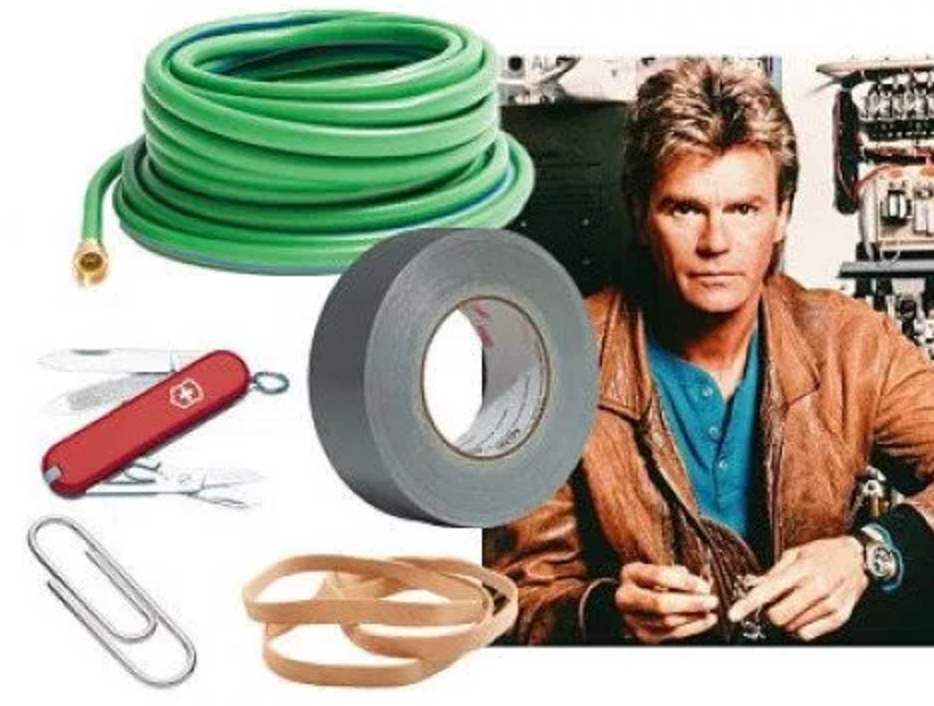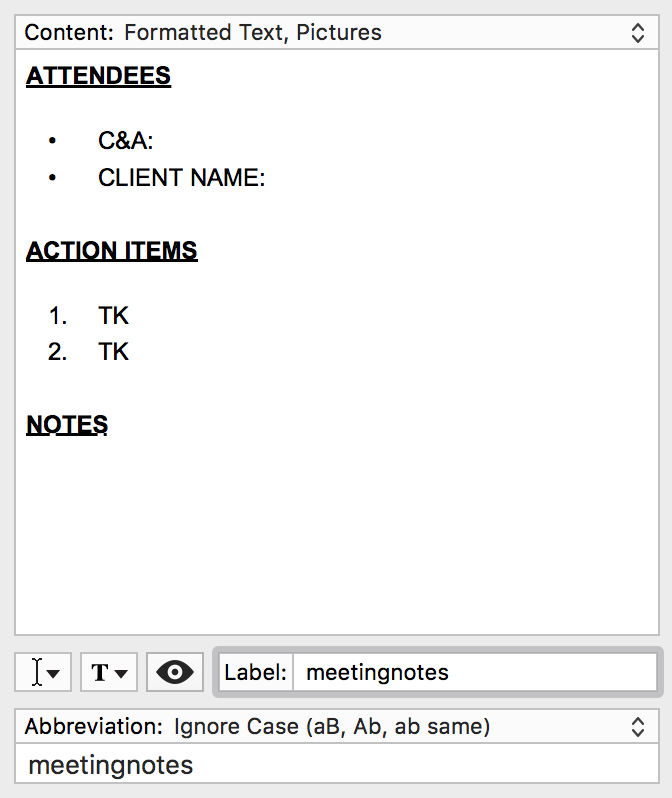
American composer Leonard Bernstein once said that “to achieve great things, two things are needed; a plan, and not quite enough time.” As a Project Manager, I’m used to working with both. As durations and budgets vary from project to project, we are constantly challenging ourselves to deliver the best possible experience to our clients given the limited time and resources made available to us. In the spirit of Bernstein, we try to think of these limitations not as barriers to success, but rather as opportunities to get creative, improve our processes, and make better use of what we’ve got. This means always asking ourselves how we can think outside of the box and do more with less.
A few years back I published a blog post that gave a glimpse into some of the productivity tricks I’ve learned to incorporate into my daily life after being in the trenches of Cake & Arrow’s Project Management for close to a decade. Two years later I’m still learning new ways to maximize both time and money so we can focus on what matters most: delivering solutions based on what motivates people using human-centered design and technology.
As the person responsible for managing project resources and making sure things happen on time and on budget, here are a few of the tenets I live by:
1. Let MacGyver be your guide.
For those of us raised in the 90s, MacGyver has stood tall and true as a paradigm of resourcefulness. Give him a paperclip, toothpick and a piece of gum and he’ll devise an ingenious plan to promptly escape a dangerous situation just in the knick of time.

MacGyver taught me and, I assume, an entire generation of Project Managers, the importance of Parkinson’s Law. Parkinson’s Law states that work expands to fill the time allotted for its completion. Given less time, you’ll solve a problem more quickly.
When you have less to work with, you’re forced to be a MacGyver–inventive with what you do have. The underlying takeaway here is that the concept of time boxing actually makes things easier. Restrictions can actually create freedom, healthy pressure, and save you time. Teams crave boundaries; given constraints, people thrive. To illustrate how this works, consider the following:
- Have you ever gone food shopping without a grocery list? Now think of walking into the store with a list. Which was easier and faster to do?
- Have you ever had to buy a gift for someone you knew little about? Now think of buying a gift for someone you know a lot about (interests, hobbies, etc.). Which was easier and faster to do?
When it comes to the work that I do, this concept has become a cornerstone in how I manage projects. It’s the difference between asking a client for open-ended feedback on something versus giving them a structured template to fill out, specifying the type of feedback we’re looking for and a way to deliver it. The latter makes it easier and faster for them to provide their feedback and easier and faster for us to parse and absorb it. Specificity breeds speed and simplicity.
2. It’s not about how much time you have, but about how you spend it.
If, as Parkinson’s Law states, work expands to fill the time allotted, it would make sense that making less time available would help you get more work done more quickly. Why does time play such a big role? Time is the ultimate equalizer. It doesn’t matter who you are — no one gets 61 seconds in a minute or 25 hours in a day. The difference is in how we spend it.
As Project Managers we help assess, understand, and implement processes or define approaches to maximize workflow efficiency, ensure quality, and help the project team do what they do best all in an effort to produce the highest quality of work within the bounds of the project. We are forever solving problems, removing roadblocks, or whittling them down to more digestible chunks. It’s crucial to find ways to be more efficient, but why? To what end? If you succeed, you’ll actually gain time. But, where will the time go? Towards the things that actually matter.
It’s not about having more time to be able to do more things; it’s about having more time to be able to do the right things, and do them well. To that end, it’s important to note that less isn’t always more. It’s more about figuring out the right amount of time than the least amount of time. For example, there is a difference between time boxing (discussed above) and time crunching . The former dedicates time to tasks with specific outcomes,whereas the latter is simply about compressing time. Time boxing is effective and sustainable, making time a container that holds the work we do rather than a tool used to squeeze out extra creativity and productivity.
For me, figuring out how I can use my time most effectively is an ongoing process. Recently, I found myself wasting time in between meetings that weren’t scheduled back-to-back. There wasn’t enough time to dive into reviewing anything in detail or write anything, but those small time blocks were adding up over the course of the day. I turned, as I often do, to David Allen’s Getting Things Done methodology and was able to institute the concept of Contexts to help me fill the time appropriately. Contexts indicate the availability of tools like a phone, computer, internet connection, etc. By tagging the tasks in my todo list with specific contexts I was able to batch organize and sort to see which ones I could tackle in the small pockets of time between meetings. Context is a criterion that limits our options and keeps us from being reminded of things we can’t do. By weeding out the tasks that required tools I didn’t have at the moment while also factoring in the time I had along with my energy level and priorities, I was able to be productive in those small windows of time that were once being wasted.
3. When minimalism meets automation, sparks fly.
Minimalism is a philosophy and lifestyle centered around the entire principle of “less is more.” Less time spent doing useless tasks means more time spent doing valuable tasks. Less distractions mean more intentional focus on those worthwhile tasks. A minimal approach is not a deprived approach, but an approach that includes only what is important and that which provides true value. Minimalism helps you save energy on unimportant tasks and allows that energy to be spent doing great work instead.
As William James, the American philosopher and psychologist put it, “the more details of our daily life we can hand over to the effortless custody of automatism, the more our higher powers of mind will be set free for their own proper work.” Automation, of course, is the technique of making something that was once performed manually, automatic. Automation and minimalism go hand in hand. Figuring out what parts of your process you can automate isn’t just about saving time, it’s about freeing up time for the right tasks so that you can spend more time and energy on impactful work. When minimalism meets automation, sparks fly.
The most productive and successful people in the world are those who figure out how to minimalize and automate in the right way. Mark Zuckerberg, for example, is notorious for his minimalist style–he pretty much wears the same thing every single day. This is more than a fashion statement. It’s a productivity hack in which he has essentially minimalized and automated a daily decision that he deems inconsequential so he can focus his energy elsewhere.
If we take a page out of Zuckerberg’s book and evaluate all the decisions we make in a day and the tasks we complete, we’d likely be surprised by how many of them don’t actually affect our desired outcomes and realize how distracted we are by things that actually don’t matter.
So, where, as PMs, can less generate more? Where can we be minimal with our efforts but maximize our results? Here are a few of my fave areas to take advantage of this concept:
- Keep a clean desktop (both your digital and physical spaces) – for more on simplifying your spaces, see here
- Support working in small teams, like our Director of UX endorses here
- Listen to instrumental music or white noise instead of music with lyrics while working
- Turn off all notifications (except calendar reminders)
- Create Text Expanders for your most frequently used text, including your email address, office address, Excel formulas you can’t remember, conference line information, repeatable event titles that you write often (e.g., when you log your time), or your meeting notes structure
That last one, using a text expander for my meeting notes structure, I have found particularly helpful. I often found myself writing the same thing every single time I sat down in a meeting room to take notes. I felt like I kept missing the first few moments of every meeting because I was focused on setting up my notes structure. Enter Text Expander and now I just write “meetingnotes” and it populates the structure for me.

Creating a text expander is like setting up your own personal speed dial. Just like we want the end users of our work to take the least number of steps possible to achieve their desired outcomes, when it comes to how we work, we want to do the same. Finding ways to eliminate busy work helps us direct our time, attention, and resources towards those things that actually have an impact on the success of our clients, ourselves, and on end users.
–
For me, striving to do more with less is in an effort to focus on being the value–add PM Cake & Arrow prides itself on–to lead by laying a foundation to a roadmap and shining a bright (well thought through) light on the path to the finish line.